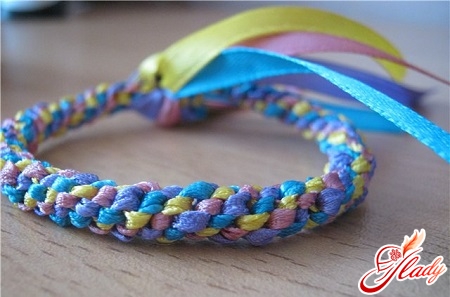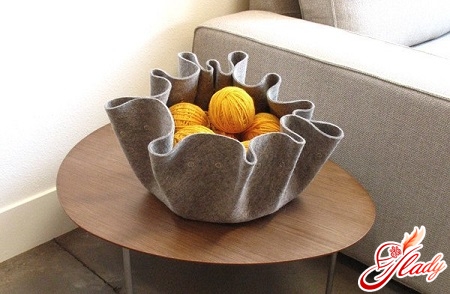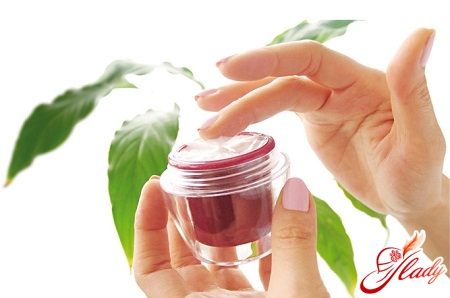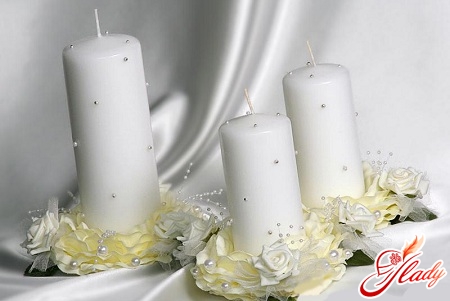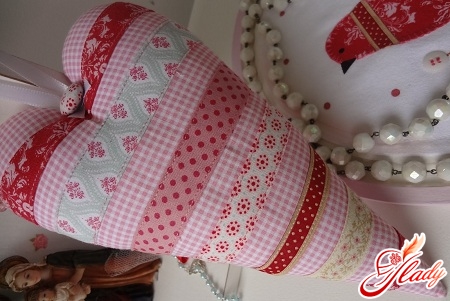 Rococo embroidery is an elegant technique that takesIts origins are in the Rococo artistic style (curl, shell), which appeared in France at the beginning of the eighteenth century. This embroidery is characterized by its special decorativeness and lightness, and most importantly - volume and relief. Today, Rococo embroidery is experiencing a rebirth and is actively used not only to decorate clothes and home textiles, but also to decorate greeting cards, souvenirs and wall panels. Relief, ease of execution and the ability to create three-dimensional embroidered patterns on a variety of materials distinguish this technique from other types of embroidery.
Rococo embroidery is an elegant technique that takesIts origins are in the Rococo artistic style (curl, shell), which appeared in France at the beginning of the eighteenth century. This embroidery is characterized by its special decorativeness and lightness, and most importantly - volume and relief. Today, Rococo embroidery is experiencing a rebirth and is actively used not only to decorate clothes and home textiles, but also to decorate greeting cards, souvenirs and wall panels. Relief, ease of execution and the ability to create three-dimensional embroidered patterns on a variety of materials distinguish this technique from other types of embroidery.
Basis of the Rococo technique
Rococo embroidery is based on specialdecorative stitches. The main technique of this type of embroidery is winding, when the thread is repeatedly wound around the needle, resulting in curls of various shapes and sizes. Embroidered patterns are made up of these curls. Flowers are mainly embroidered in the Rococo technique - roses and daisies, and they are complemented by all sorts of knots, berries and leaves. To perform a stitch with winding, the needle with thread is pricked into the fabric from the inside, and the thread is pulled to the front side to the end. Then a new puncture is made for the length of the stitch (so that the end of the needle comes out at the place of the first puncture), and the thread is wound around the top of the needle (from the puncture to the end of the needle), after which the working thread is pulled through the winding. The resulting coil is placed on the fabric and secured by piercing the needle to the back of the fabric.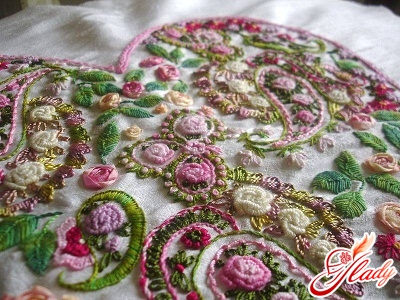
Tools and materials
For rococo embroidery, a needle, eye andthe rod of which has the same diameter (thickness). This is necessary so that the needle easily passes through the wound stitch, does not deform the turns and does not get stuck in the winding. A long and even needle rod should also match the thickness of the embroidery thread. The main condition for successful embroidery is the correspondence of the fabric and threads. Thin threads, silk and floss are suitable for light fabrics. For embroidery on dense fabrics and knitwear, thick and heavy woolen threads and thin ribbons are used. Do not use weak threads and yarn with an uneven surface for rococo embroidery. The most convenient option is a thread of elastic and hard twist, which perfectly holds the shape of the curl.
Techniques for embroidery rococo
Rococo winding embroidery is done in several ways: stitch, loop, knot.
The most common elements of Rococo embroidery- a rose, a chamomile and a berry. A chamomile is a flower made of straight stitches, its center is a knot. The knot is secured in the center, and then a needle is stuck from the center of the chamomile to the top of the petal. A thread is wound on the needle and, holding the turns, pulled through. The end of the resulting winding column is pulled to the center of the flower, sticking the needle. All the petals of the flower are embroidered in this way. A rose is made using exactly the same principle, but differs from a chamomile in the arrangement of the curls. Its petals do not diverge in rays from the center, but are twisted into a broken spiral, imitating the petals of a real rose. For the "berry", a winding is made with the working thread on both ends of the needle. The last turn is made in the form of a figure eight. The thread is secured, and a stitch is made from top to bottom. To embroider leaves, the winding stitches are tightly laid out to form a leaf of the desired size and shape.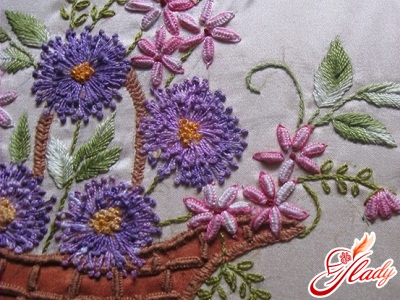
Little rococo tricks
- clockwise can lead to stratification of the thread and a flattened stitch;
- A counter-clockwise twist additionally twists the thread, and the stitch can get too tight;
- twisted turns on the needle must be tightly held so that they do not unwind;
- stretching the thread through the threads and fixing the stitch, you need to monitor the turns so that they do not creep;
- so that the embroidery turns out to be voluminous and uniform, each new flagella fits as tightly as possible to the previous one.
You can use this embroidery to decorate knitted items anddenim clothes, napkins and tablecloths, embroidering not only floral arrangements on them, but also ornaments or personalized monograms. Watch video tutorials and master classes. Rococo - embroidery is difficult only at first glance. As soon as you get the first stitch, everything will go like clockwork. Using ready-made motifs and inventing your own compositions, you can transform any item with this unusual embroidery technique. We recommend reading:




